This remarkable gouache on vellum is as much a work of art as it is a document attesting to the progress of natural sciences in the Modern Era. Several insects of different species and backgrounds are carefully represented. Between the Alpine rosalia, endemic to our regions, and the most exotic coprophanaeus lancifer from South America, two majestic butterflies spread their wings on a parchment whose velvety appearance makes the colors of the gouache vibrate. The finely sketched shadows give the illusion of a third dimension such that the viewer could believe that these are real dried specimens. This precision is the fruit of progress in optics in the 17th century, notably the invention of the first microscope by Cornelis Debbrel in 1622, which revealed to our designer the infinitely small and allowed him to meticulously represent the tiniest organs. Art and science are not yet separated but work together to reveal the truth. The artist, like the scientist, must base his understanding of the world on empirical observation in order to create realistic and true art.
Our study board is mounted under glass in a blackened wooden frame, under an octagonal marie-louise. A label indicating the author.
Sheet dimensions: 39 x 29 cm
Overall dimensions: 60 x 52 cm
This quest for beauty and knowledge is led by pioneers, such as Maria Sibylla Merian, to whose workshop we link this study of insects. We indeed find in our composition a regular ordering of the specimens in the manner of what she did in numerous studies now preserved at the Academy of Sciences of Saint Petersburg. In addition to the virtuosity of the drawing, we can also note by way of comparison between our vellum and the rest of its corpus an omnipresence of the color blue with which it materializes both the iridescent transparencies of the wings and the carapaces. If the plastic qualities of this work can be attributed to his training as a still life painter, the accuracy of the anatomy stems from his early passion for entomology. This thirst for knowledge pushed her to undertake a perilous study trip to Surinam in 1699, from which she brought back numerous unpublished studies and dried insects. From then on, it was as much an artist as a scientist that she published her Metamorphosis insectorum Surinamensium in 1705. This large compilation resulting from his journey to America constituted a reference work for the greatest scientists, such as Carl von Linnaeus who cited his illustrations 136 times in his great taxonomy of species.
Biography: Maria Sibylla Merian (Frankfurt, April 2, 1647 – Amsterdam, Jan. 13, 1717) discovered drawing from her father-in-law, the still life painter Jacob Marrel. Her workshop then had a collection of dried plants and insects that young Maria practiced copying. However, from the age of 13, she understood that studying based on living specimens would allow her to get closer to a better representation of reality. So she says she "put aside her social life and devoted all her time to observing insects and improving her painting skills, so that she could draw and paint specimens such as that they are in nature. Both an editor and an artist, Maria Sibylla Merian is at the head of a prolific workshop in which many other women work, to whom corporations often refused great history painting. His two daughters, Johanna Helena Herolt (1668 – 1723) and Dorothea Maria Henrietta Gsell (1678 – 1743), spent most of their careers in the family workshop to the point that it is often difficult to distinguish their works from those of their mother.
Bibliography :



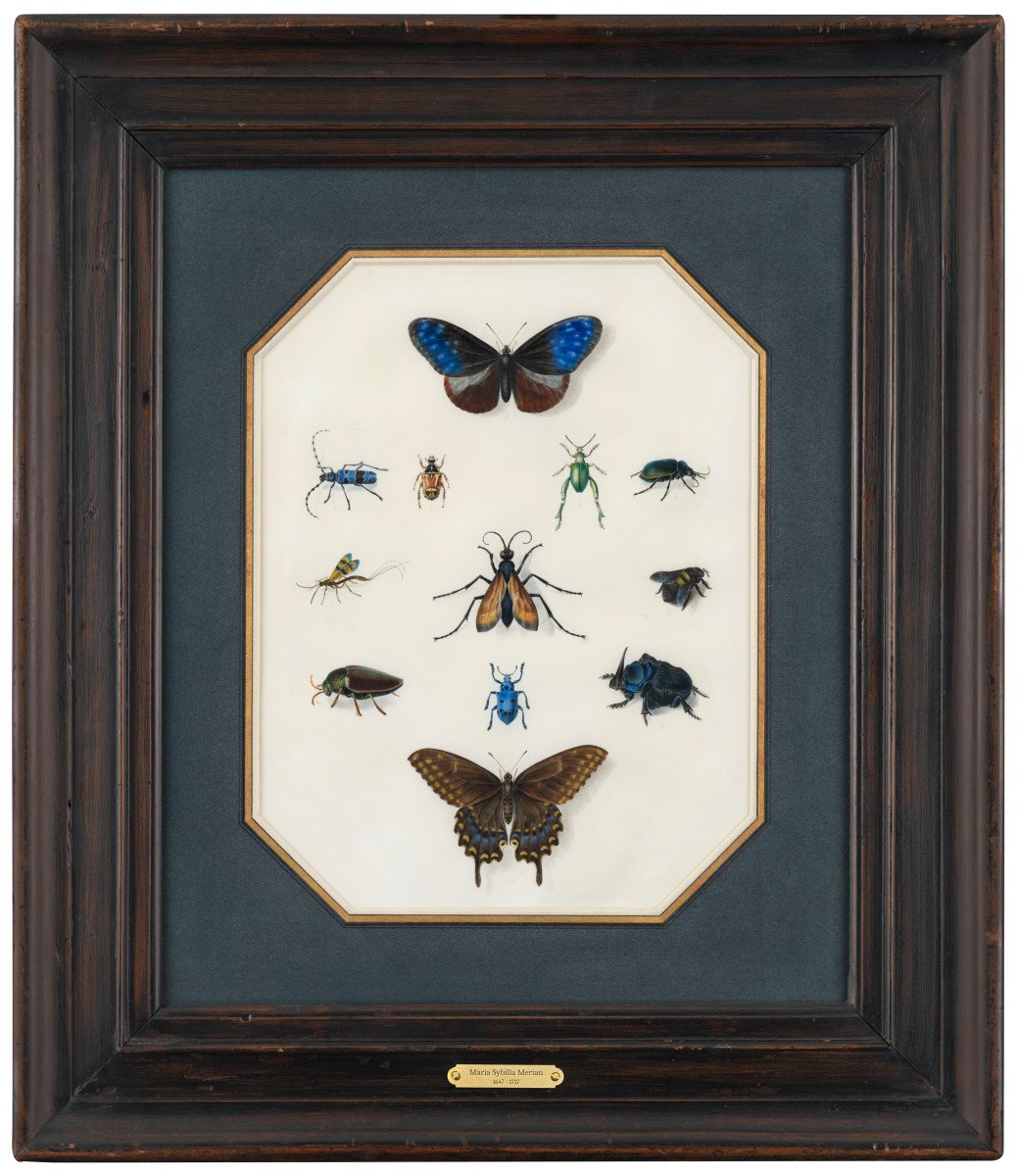
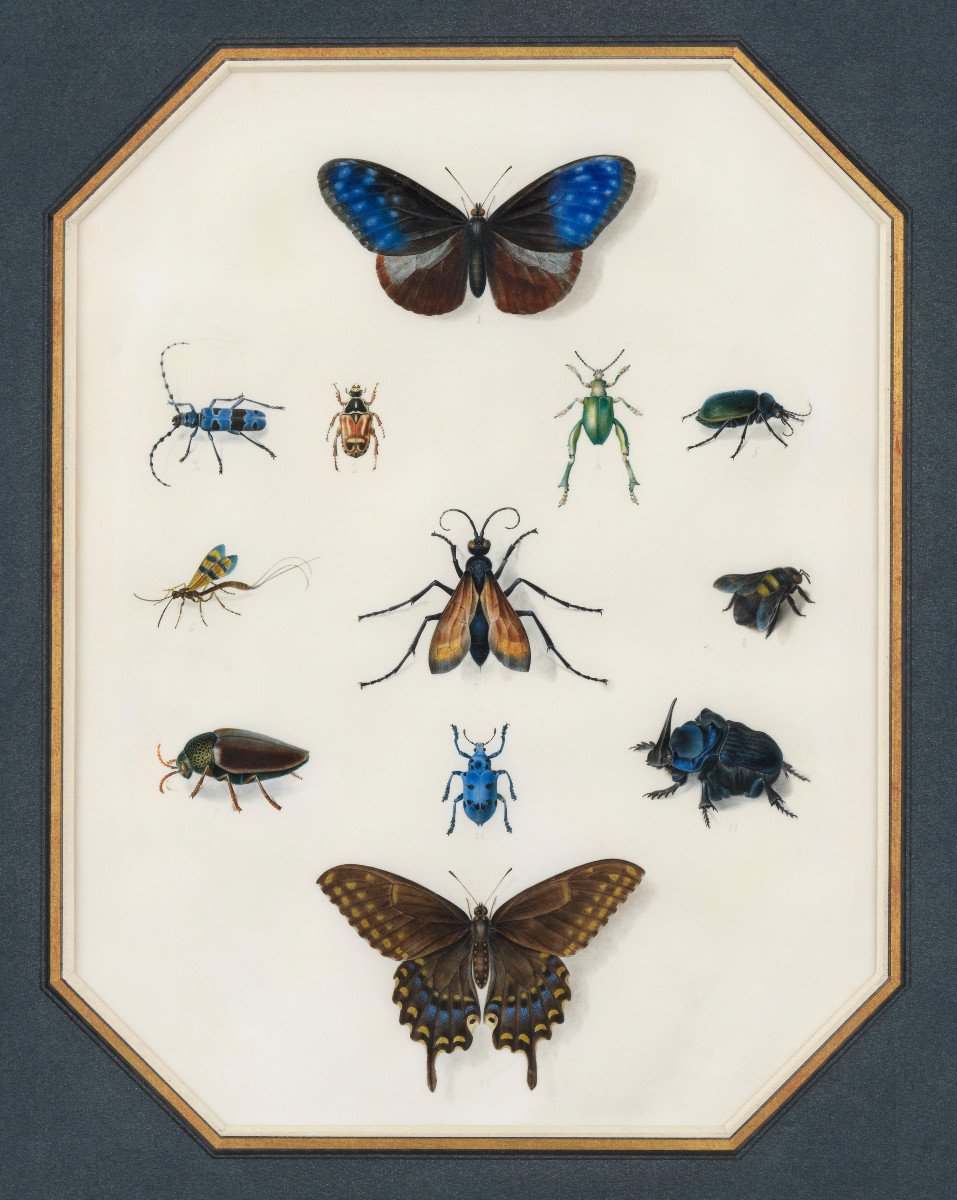
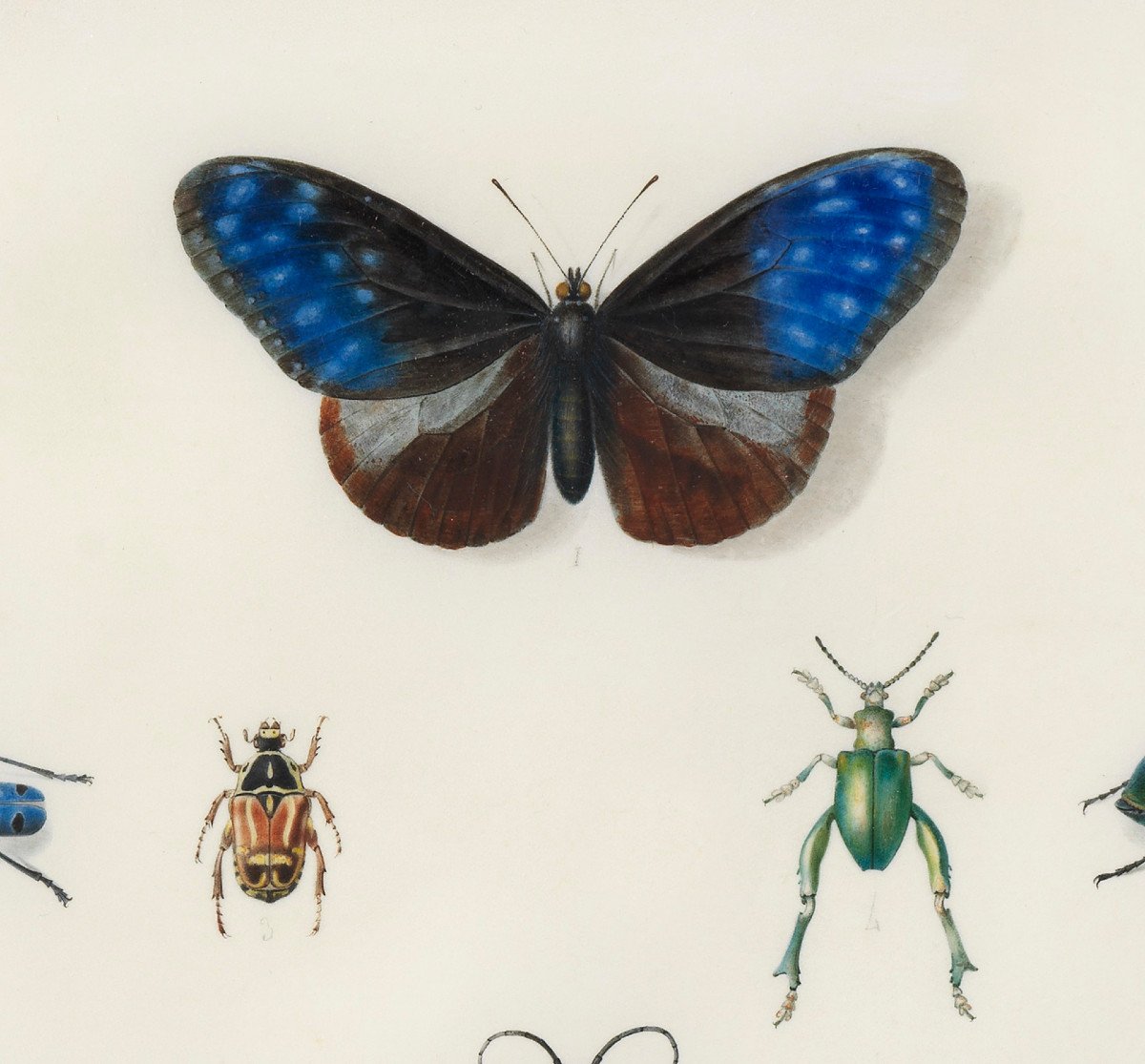



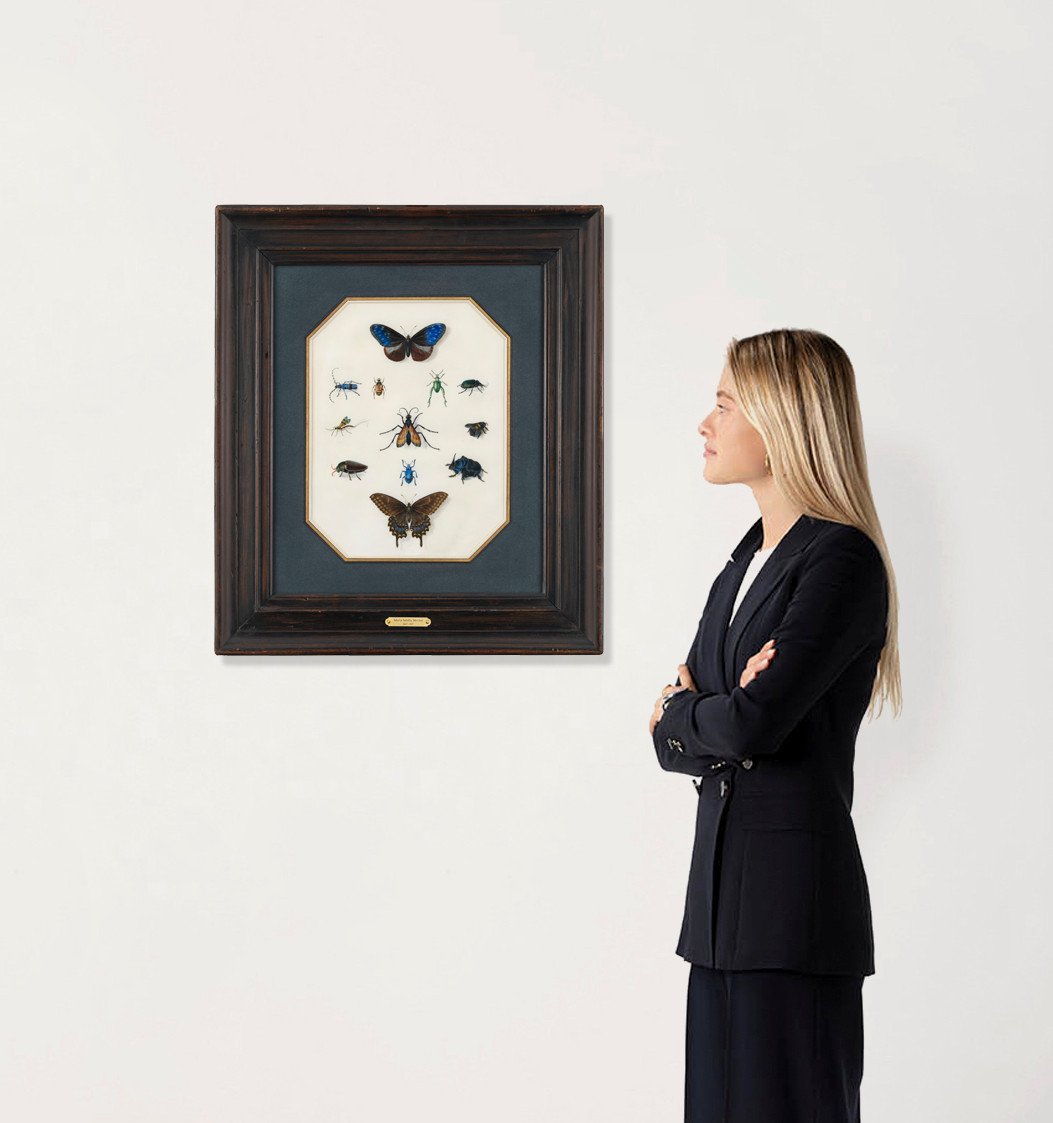
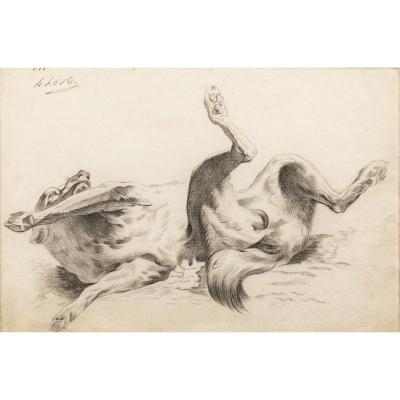

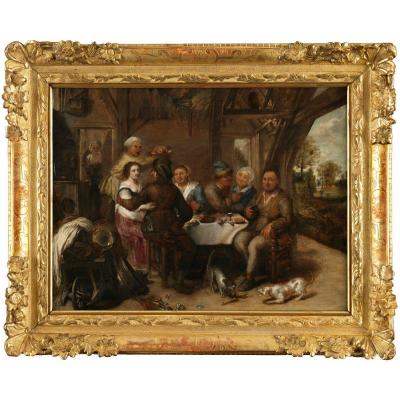






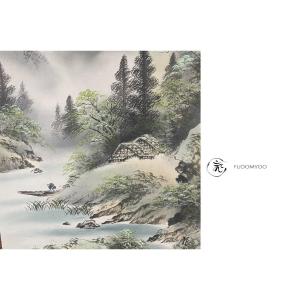
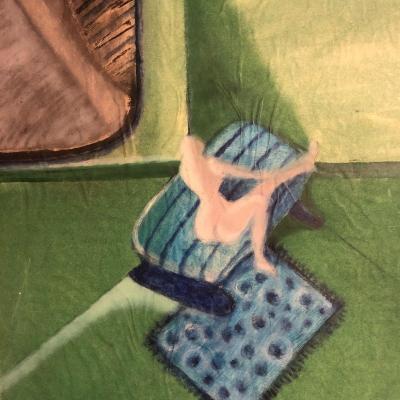





 Le Magazine de PROANTIC
Le Magazine de PROANTIC TRÉSORS Magazine
TRÉSORS Magazine Rivista Artiquariato
Rivista Artiquariato
